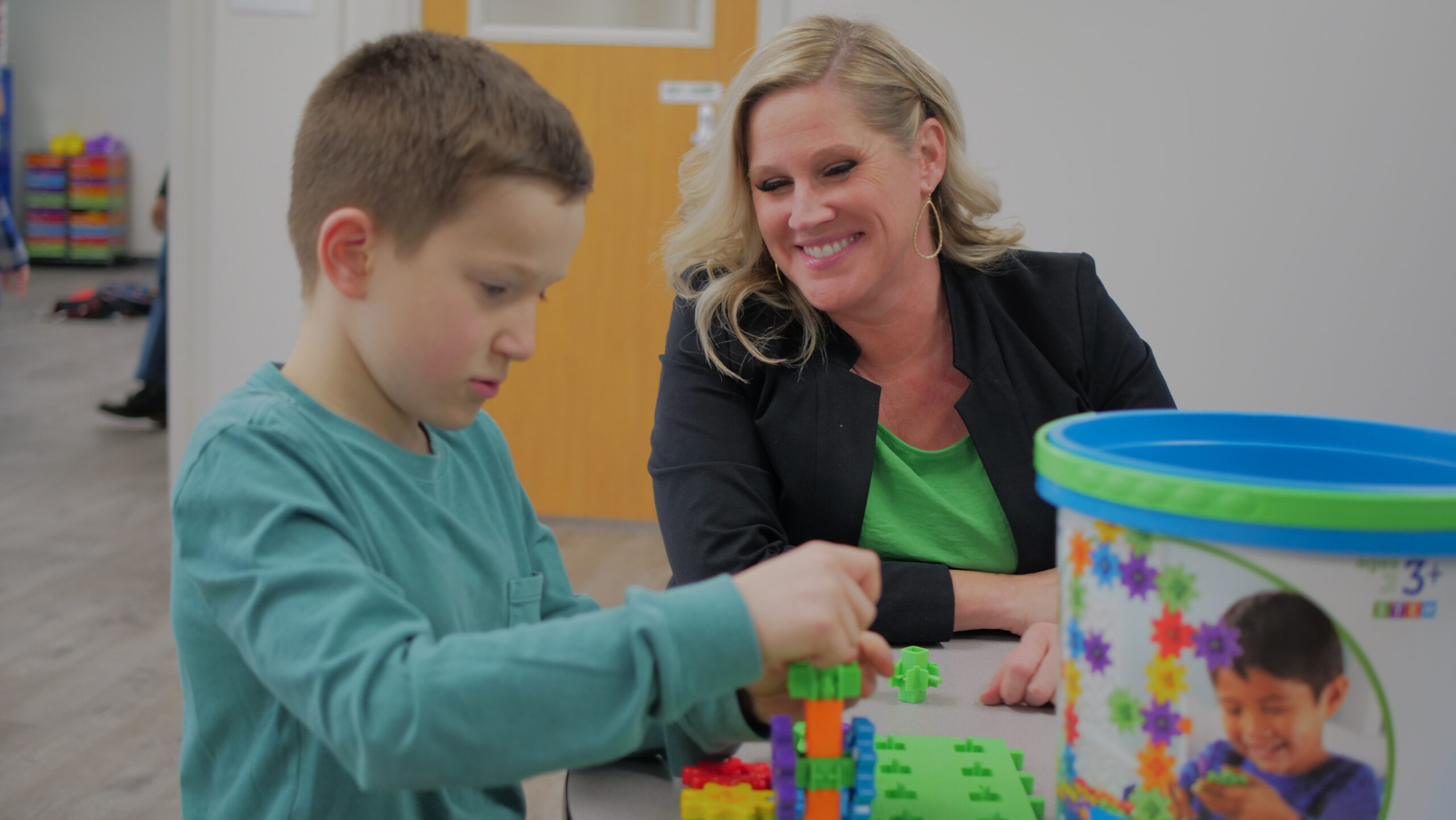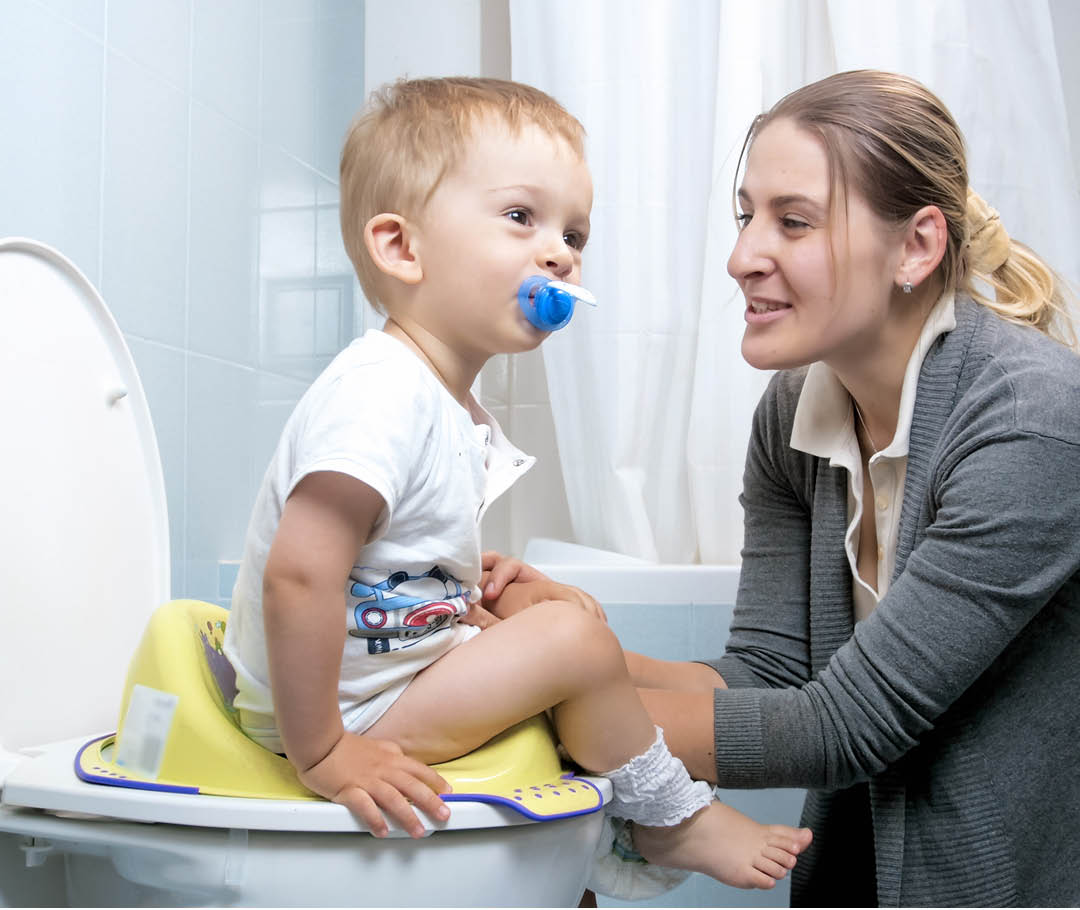When a child is diagnosed with autism, parents become charged with finding quality treatment – and the evidence-based recommendation is to seek out Applied Behavior Analysis (ABA). Choosing the specific ABA program that is right for a child can feel daunting, especially if ABA is new territory for a family. In this article, we look at the benefits of a program incorporating both in-home and center-based programs.
Many proponents of ABA like to state, “ABA can be done anywhere.” It is true – but we shouldn’t overlook another important point: the environment itself is a critical component of therapy. Controlling the environment to some degree is frequently part of the teaching process. Selecting a teaching environment is a decision that impacts the rest of the teaching strategy and so also has an effect on progress.
Common teaching environments for young children with autism include center-based ABA therapy, private or public school, a childcare environment, and home programs. While there is not enough research to prescribe a particular environment or model generally for children with autism, many parents and professionals are finding that a multi-site model of a controlled environment (such as a center-based program) and a natural environment (home, childcare, school) provides the best of both worlds.
Benefit #1 – Social skills can be targeted consistently and with children in the child’s community.
It is necessary for peers to be available regularly for consistent teaching; in this respect, a clinic setting is ideal for having regular access to other children to practice target skills. Ultimately, the goal is for the child to interact with the other children in their community, their siblings, classmates, and neighbors. Having a regular home component allows the therapist to work on target skills with the people who will be important in their normal daily life, even if these opportunities aren’t as regular as those in a clinic setting.
Benefit #2 – Controlled Environment vs. Natural Environment: Best of both worlds
A multi-site model allows technicians to address the most challenging skills in a distraction-free environment, but still have access to the home or school setting, with all of its naturally-occurring distractions, to make sure that those learned skills are being put to use.
Benefit #3 – Consistency of the Behavior Plan
When a challenging behavior is treated differently across settings, it is more likely to persist; this set-up can even make the behavior worse in the long-run. The best treatment involves the same plan being followed across the day. Having professionals use a consistent plan in both the home and center environments also supports family members to do the same.
Benefit #4 – Assessment of Generalization
All programs must address the issue of generalization, but a multi-site model is tailor-made for this. Generalization can be specifically addressed right from the beginning, either by teaching in both environments, or by teaching in one place and testing generalization in the other.
Benefit #5 – Ease of Group Work Vs. Ease of Parent Training – You Get Both!
One of the most important aspects of the teaching environment is the people present. In a center-based program, other children are close at hand for social interactions, peer modeling, and working on group instruction, so these parts of therapy can happen regularly. When ABA sessions are at home, it can be more convenient for parents to make themselves available for training. In a multi-site model, the child benefits from both of these types of teaching opportunities.
Whichever provider a family selects, they should be sure to work closely with their team to personalize the child’s program to best meet their needs and the goals for their family.
– Richie Ploesch, M.A., BCBA & Katherine Johnson, BCBA
















